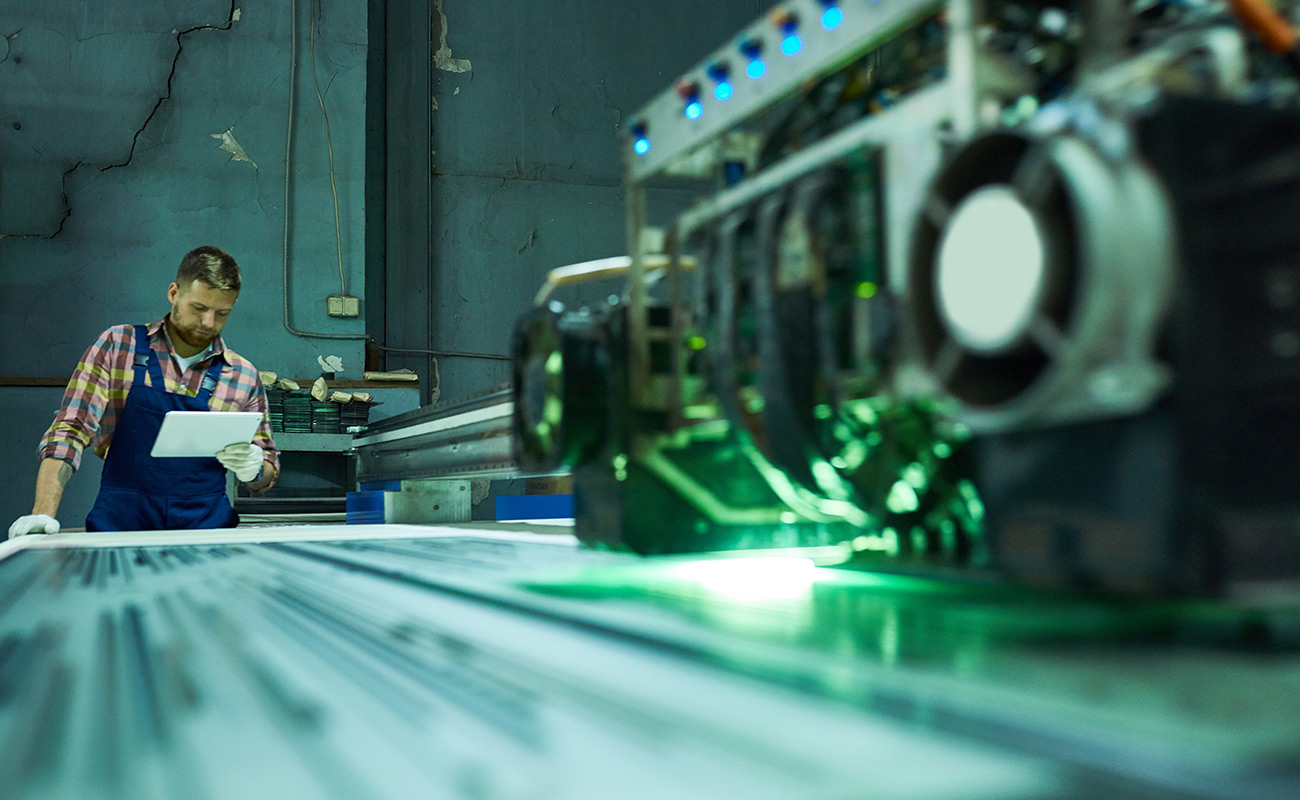What materials should not be cut with a laser cutter?
There are plenty of materials that can be cut with a laser cutter, and plenty that cannot be. So in this post, we’re running through all the options available to you, as well as those worth avoiding.
PVC (Poly Vinyl Chloride)/artificial leather/pleather/vinyl
Why? PVC emits chlorine gas when it’s altered. It’s not recommended that you cut PVC as it causes the machine’s metal to corrode, as well as runs the risk of ruining optics or releasing this harmful chemical.
Thick (>1mm) Polycarbonate/Lexan
Why? It discolours, creates a poor result and catches fire. Polycarbonate is typically a flat sheet metal, and because the laser cutter’s window consists of this material as well, it strongly absorbs infrared radiation. As a result, there’s the likelihood that it won’t provide you with the most effective option for this type of application. It can also produce stringy clouds of soot that rise up, ruin the machine’s optics and tamper with the system itself.
ABS
Why? ABS melts and emits cyanide, and doesn’t vaporise. It also has a high chance of igniting and leaving behind melted gooey deposits across the vector grid. It also engraves poorly and is prone to creating hydrogen cyanide – which is unsafe for a multitude of reasons.
HDPE/milk bottle plastic
Why? It ignites and melts. HDPE often goes gooey and can ignite. It’s often pointless to use a laser cutter on material like this.
Polypropylene
Why? Prone to catching fire, polypropylene creates melted drops that burn and turn into rock-hard pebbles.
Epoxy
Why? It ignites/smokes up extremely easily. Epoxy is an aliphatic resin, containing cross-linked carbon chains. A Co2 laser won’t cut it, and the resulting flames emit toxic fumes (including the dreaded cyanide). Items coated in this kind of resin must also be avoided.
Fibreglass
Why? It emits fumes. Fibreglass is an amalgamation of two materials that simply can’t be cut with a laser. These are epoxy resin and glass.
Coated carbon fibre
Why? It creates noxious fumes. It is also an amalgamation of two materials that can’t be altered easily.
Glued materials
Why? Glue cracks the lens of your system. There are many items – including wood laminates – that you can buy, but once a manufacturer adds a layer of peel-off glue to its surfaces, they’re not ideal for any kind of laser cutting technique. This includes acrylic tiles, cork tiles and wood laminate. The glue will soon vaporise which will coat it, cloud it, heat it and potentially crack the windows.
Keep away from these materials when it comes to your laser cutting machinery, and you’ll stay out of harm’s way.


